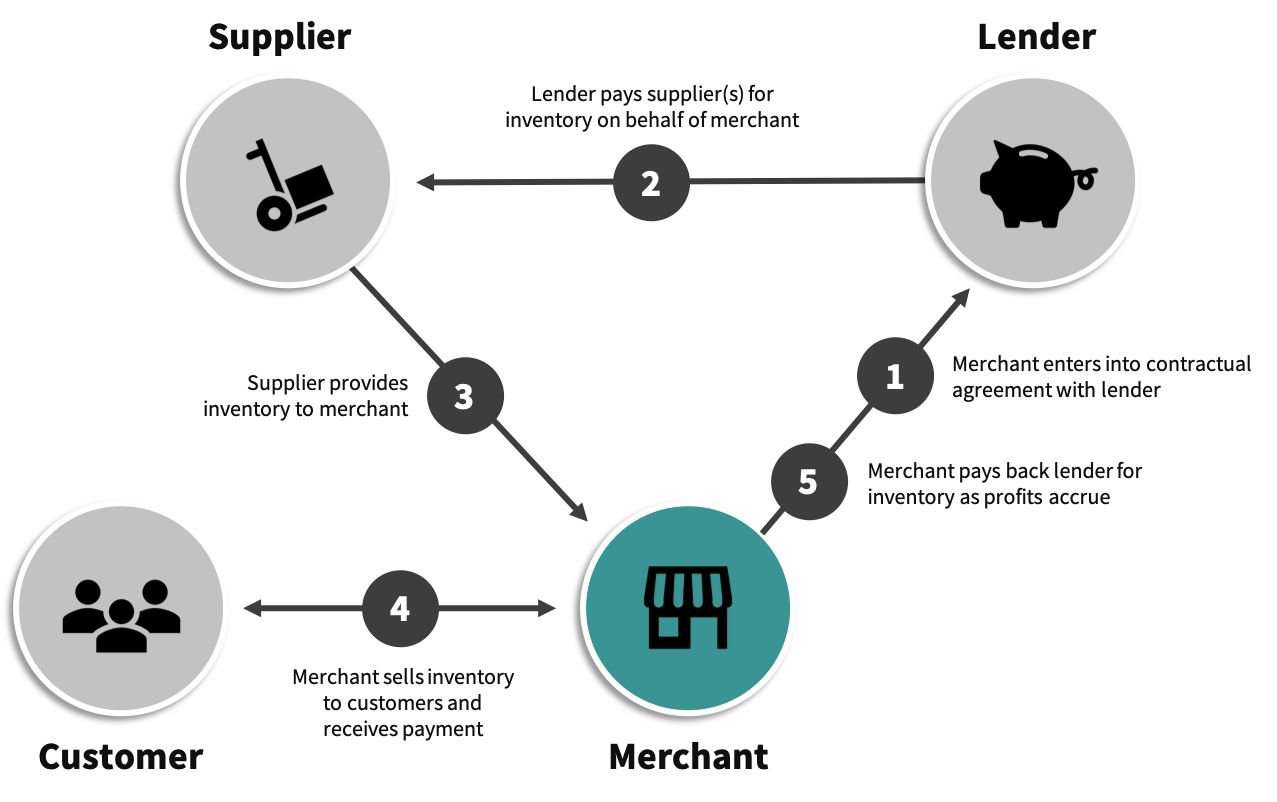Business inventory finance plays a pivotal role in the success of many businesses, enabling them to optimize their cash flow and liquidity while driving growth and profitability. This comprehensive guide delves into the intricacies of inventory financing, exploring its various types, benefits, and best practices, empowering businesses to make informed decisions and unlock its full potential.
Inventory financing provides businesses with the flexibility to acquire and maintain an optimal level of inventory without straining their cash flow. By leveraging external financing sources, businesses can free up capital for other essential operations, such as research and development, marketing, and expansion.
Considerations for Choosing Inventory Financing: Business Inventory Finance

Selecting the optimal inventory financing option requires careful consideration of various factors. It’s essential to evaluate your business needs and financial situation to determine the most suitable solution.
Evaluating Business Needs and Financial Situation, Business inventory finance
Assess your inventory turnover rate, seasonality, and growth projections to determine the appropriate financing amount and terms. Consider your cash flow and profit margins to ensure the financing costs align with your financial capabilities.
Importance of Creditworthiness and Collateral
Lenders typically evaluate your creditworthiness and the availability of collateral to secure financing. A strong credit history and valuable collateral can improve your chances of securing favorable terms and lower interest rates. Explore options such as accounts receivable financing, where your outstanding invoices serve as collateral.
Best Practices for Managing Inventory Financing

Effectively managing inventory financing requires a comprehensive approach that encompasses optimizing inventory levels, minimizing financing costs, and continuously monitoring performance.
To achieve these objectives, businesses should implement the following best practices:
Optimizing Inventory Levels
- Conduct regular inventory audits to identify obsolete or slow-moving items.
- Use inventory management software to track inventory levels and forecast demand.
- Implement just-in-time (JIT) inventory systems to reduce inventory holding costs.
Minimizing Financing Costs
- Negotiate favorable terms with lenders, including lower interest rates and flexible repayment options.
- Consider using alternative financing options, such as inventory monetization or factoring.
- Maintain a strong credit score to qualify for lower financing rates.
Monitoring Performance and Making Adjustments
Regularly review inventory financing performance metrics, such as inventory turnover ratio and financing costs as a percentage of sales.
Make adjustments to inventory levels, financing terms, or inventory management practices as needed to improve performance and reduce costs.
Closure

In the dynamic business landscape, inventory financing has emerged as a strategic tool for businesses seeking to gain a competitive edge. By carefully considering the factors discussed in this guide, businesses can tailor an inventory financing solution that aligns with their specific needs and goals.
Embracing best practices and staying abreast of industry trends will enable businesses to optimize their inventory management, enhance their financial performance, and position themselves for long-term success.
